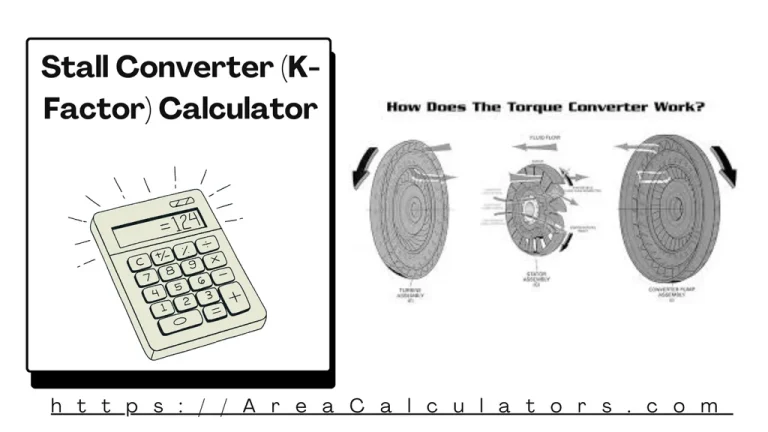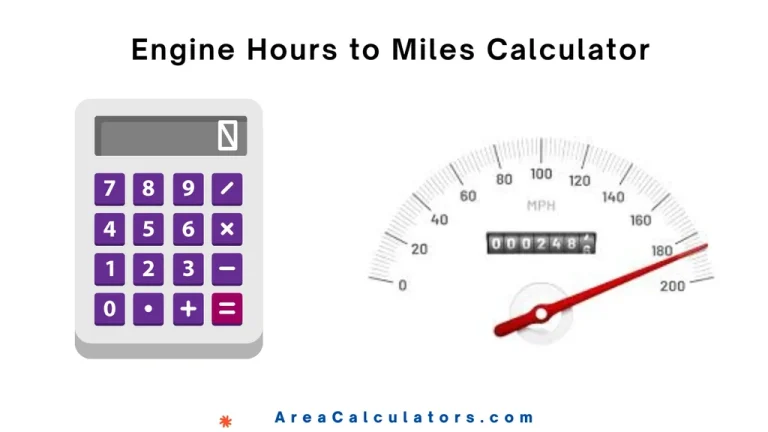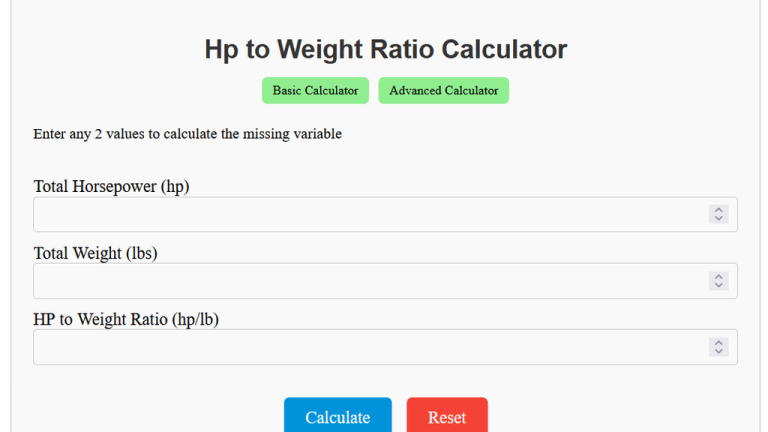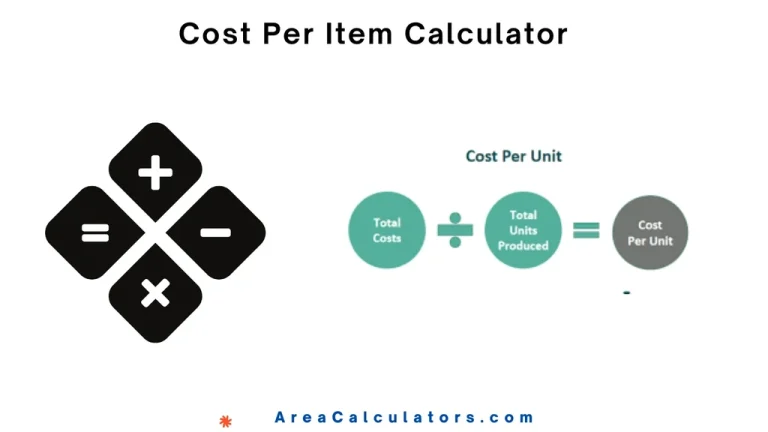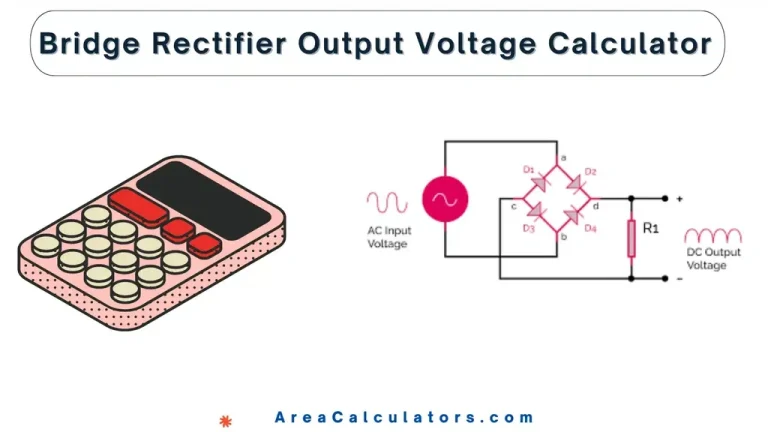Aortic Height Index Calculator
To calculate the aortic valve area, multiply the cross-sectional area by the VTI of the LVOT, and then divide by the VTI of the aortic valve.
The aortic valve area (AVA) is an essential measurement used to assess the severity of aortic stenosis and valve functioning. This value is critical for diagnosing valve diseases and understanding how much blood flow passes through the valve. The AVA can be calculated using the continuity equation, which uses the cross-sectional area (CSA) and velocity-time integrals (VTI) at the left ventricular outflow tract (LVOT) and aortic valve.
The knowledge of these measurements helps doctors and healthcare providers determine the health of the aortic valve and make treatment decisions. Using an AVA calculator makes the process easy by providing accurate results in seconds.

Formula
AVA = (CSA × VTI LVOT) / VTI AV
| Variable | Description |
|---|---|
| AVA | Aortic Valve Area |
| CSA | Cross-Sectional Area (usually at the LVOT) |
| VTI LVOT | Velocity-Time Integral of the Left Ventricular Outflow Tract |
| VTI AV | Velocity-Time Integral of the Aortic Valve |
How to Calculate ?
- Measure the cross-sectional area (CSA) of the left ventricular outflow tract (LVOT).
- Measure the velocity-time integral (VTI) at both the LVOT and the aortic valve (AV).
- Multiply the CSA by the VTI of the LVOT.
- Divide the result by the VTI of the aortic valve to find the aortic valve area (AVA)
Solved Calculations:
Example 1
| Step | Calculation |
|---|---|
| Given CSA | 3.0 cm² |
| VTI LVOT | 20 cm |
| VTI AV | 40 cm |
| AVA Calculation | (3.0 cm² × 20 cm) ÷ 40 cm |
| Result | 1.5 cm² |
Answer: The aortic valve area is 1.5 cm².
Example 2
| Step | Calculation |
|---|---|
| Given CSA | 2.5 cm² |
| VTI LVOT | 18 cm |
| VTI AV | 36 cm |
| AVA Calculation | (2.5 cm² × 18 cm) ÷ 36 cm |
| Result | 1.25 cm² |
Answer: The aortic valve area is 1.25 cm².
What is Aortic height Index Calculator ?
The aortic valve area (AVA) is a key measurement used to assess the severity of aortic stenosis. There are several methods for calculating this, including using an aortic valve area calculator. This can be done by different equations like the Gorlin, Hakki, or the continuity equation. Each method uses specific values such as the valve pressure gradient, aortic valve velocity (Vmax), and body surface area (BSA).
The normal aortic valve area typically ranges between 2.5 to 4.5 cm², but for patients with stenosis, the area can become much smaller. Tools like the indexed aortic valve area calculator can help adjust for body size.
Moreover, advanced calculations can be performed using the projected aortic valve area calculator for prosthetic valves. These measurements are typically obtained during an aortic valve echo or catheterization procedure.
Final Words:
The EOA index and valve flow area can help further assess the functionality of the aortic valve, especially when using prosthetics. Understanding how to measure the valve area is crucial for determining proper treatment.

